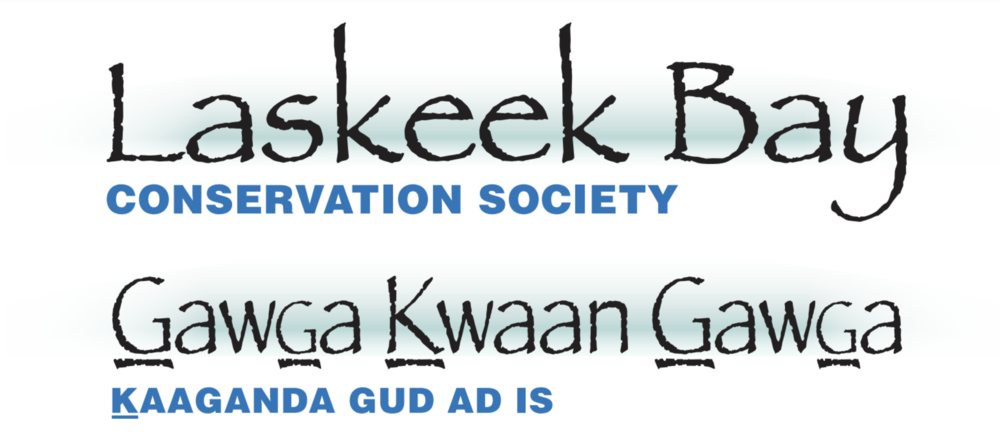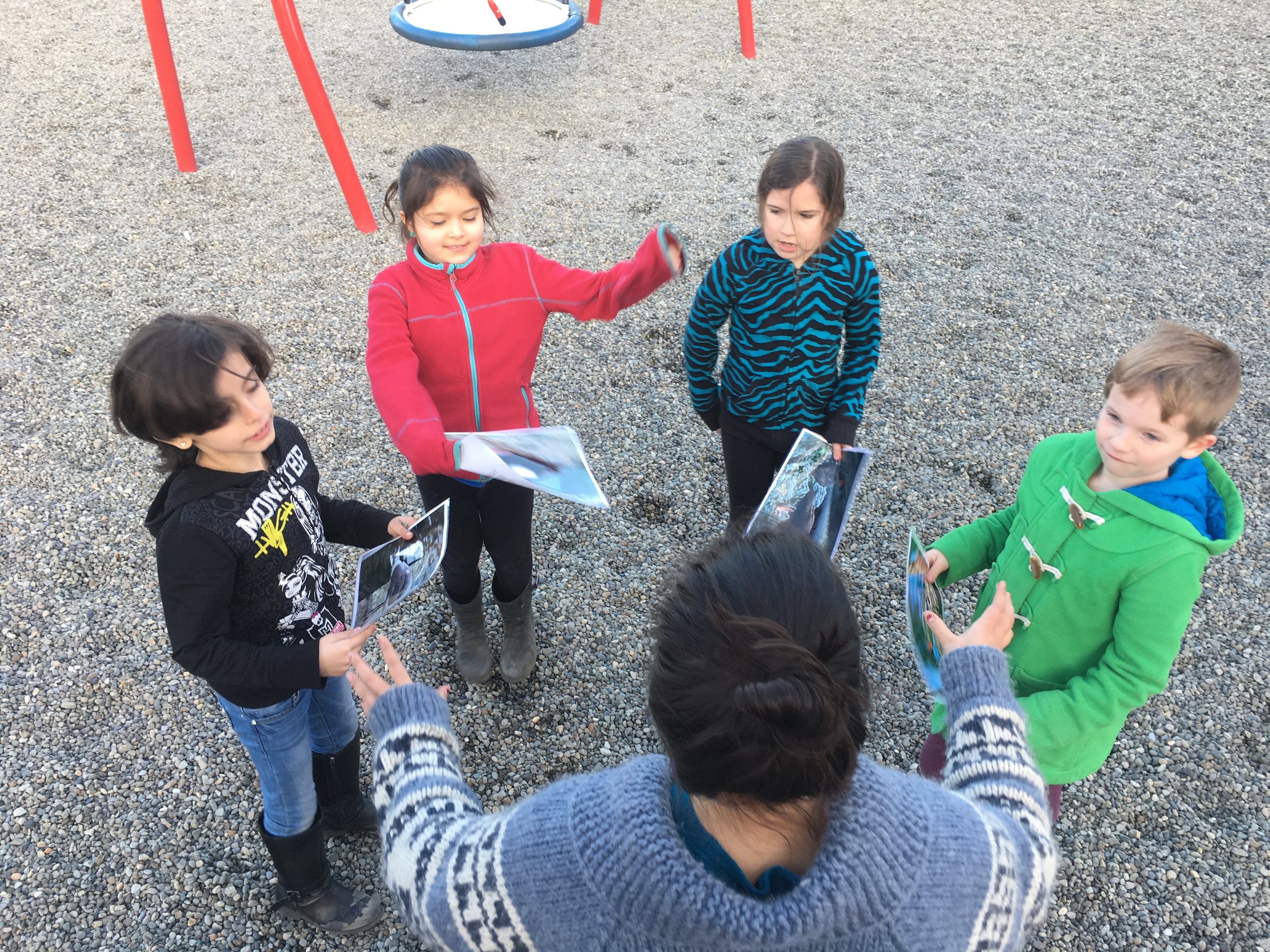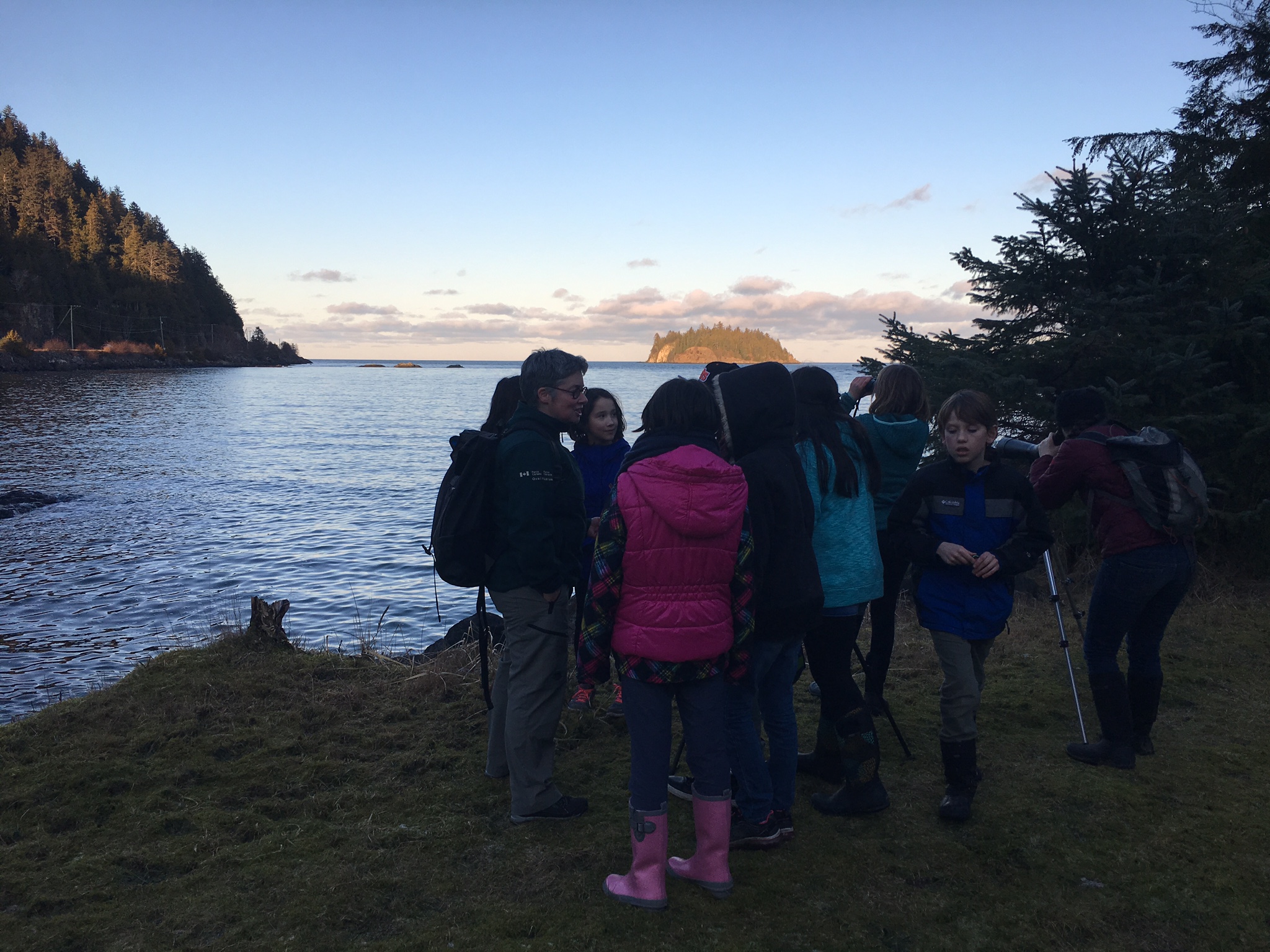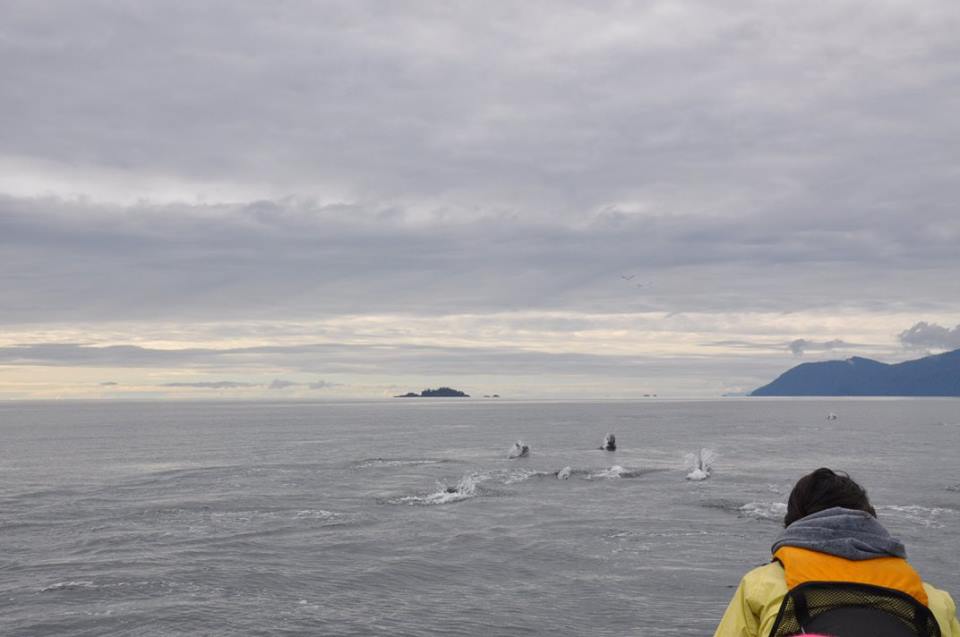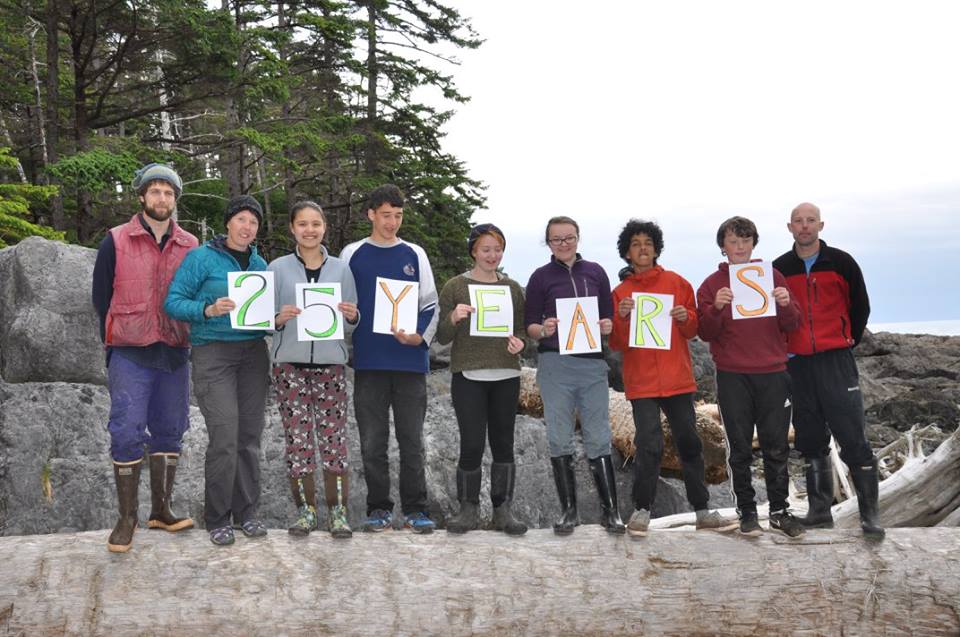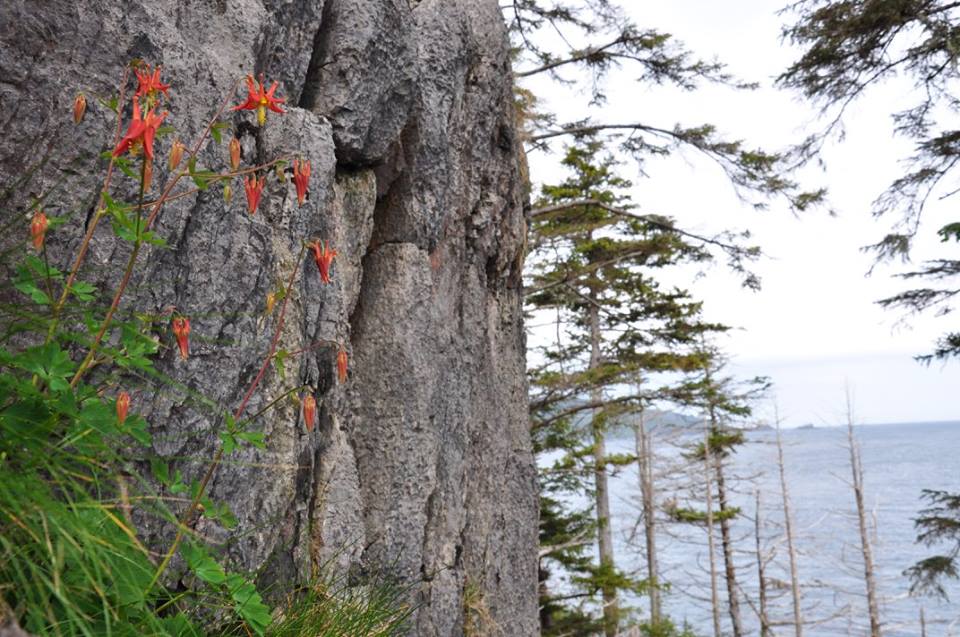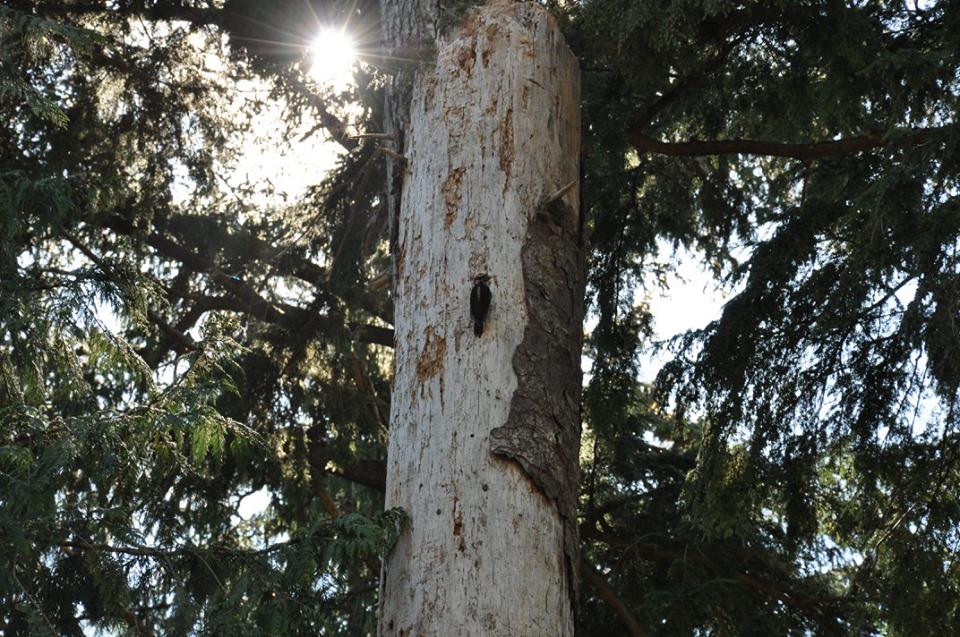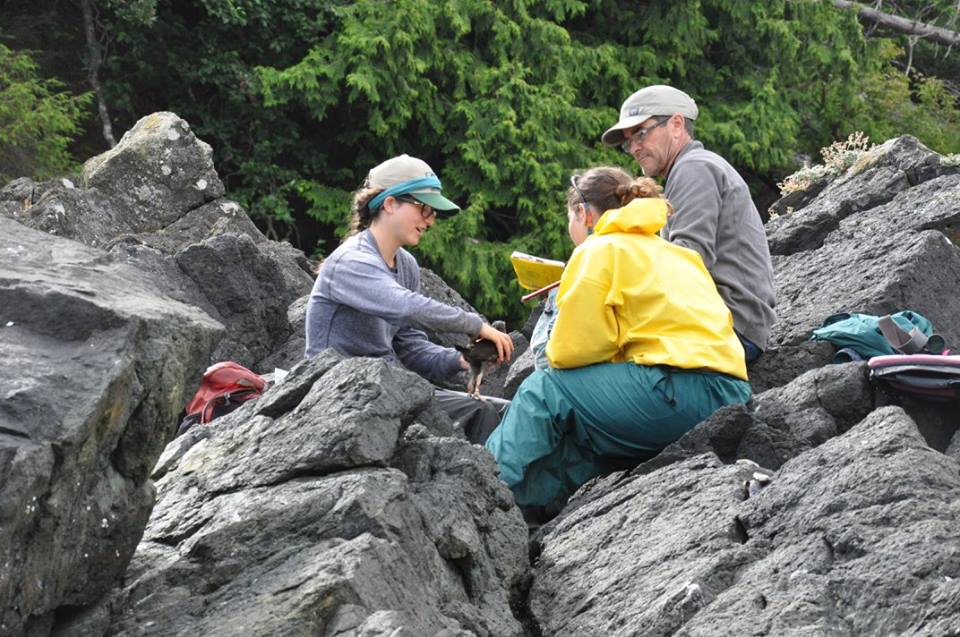2016 marked our 27th field season on East Limestone Island and over that time, we have seen considerable changes both in the natural world and in our organization. As a result, the LBCS board, staff and scientific advisors have once again embarked on some careful organizational planning with guidance from the local scientific community on Haida Gwaii over the course of 2016.
As we draft our plans for 2017, we wanted to share a few thoughts about some minor programming changes that will occur this coming year. We want to stress that these changes will not markedly alter our volunteer experience, and we very much look forward to hosting a new team on East Limestone Island from May 4 – July 21, 2017!
Ancient Murrelet Monitoring & Restoration
On East Limestone Island, we have been watching a continuous decline in the breeding population of Ancient Murrelets (ANMU) since monitoring began in 1990. In 2016, as in 2015, the number of chicks departing from the colony was very low and there was also an apparent drop in adult ANMU activity in the colony. Due to the many interacting factors that could be influencing the breeding population on ELI, such as impacts of heavy raccoon predation in the 1990s, recent habitat changes due to major blowdown, and larger-scale changes to the marine environment including ocean warming, it will be hard for us to determine the exact cause of the population decline on the island.
What we do know is that the energy required to manually monitor the funnels with volunteers each night is yielding a diminishing return and as a result, we will begin to transition over to camera-based monitoring of the funnels.
Volunteers and staff will still monitor funnels every other night in order to help us understand the accuracy of cameras, and Project Limestone, our program for local students, will continue to monitor ANMUs in person as they have in the past. We appreciate the support of the Habitat Conservation Trust Fund and BC Gaming for this project.
Last year we also decided to suspend our call-playback program until we have had time to evaluate the potential effectiveness and the practicality of using this seabird colony restoration technique on ELI. This suspension will continue for the 2017 field season.
We will continue our annual raccoon cull, which is conducted in February or March and reduces the numbers of this introduced predator near the Limestone Island seabird colony. We will attempt to lead a second cull during this period, in order to enhance our impact.
